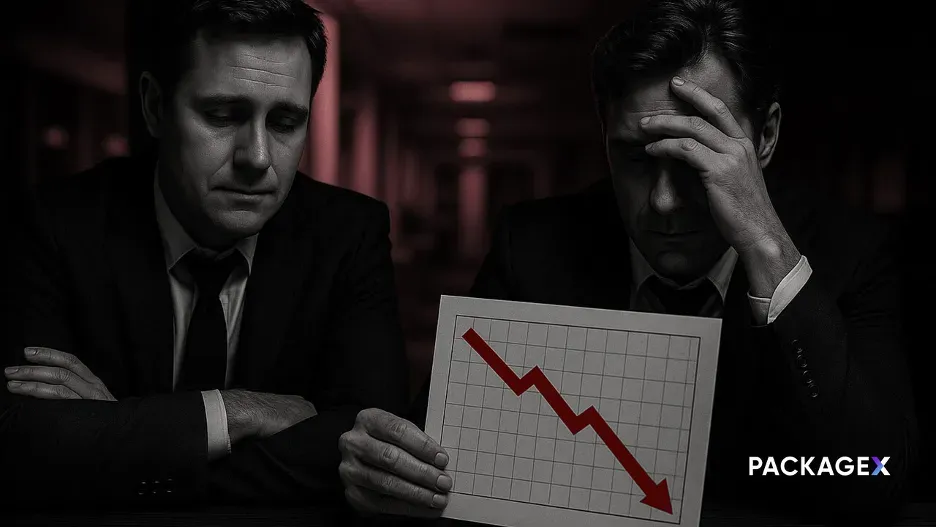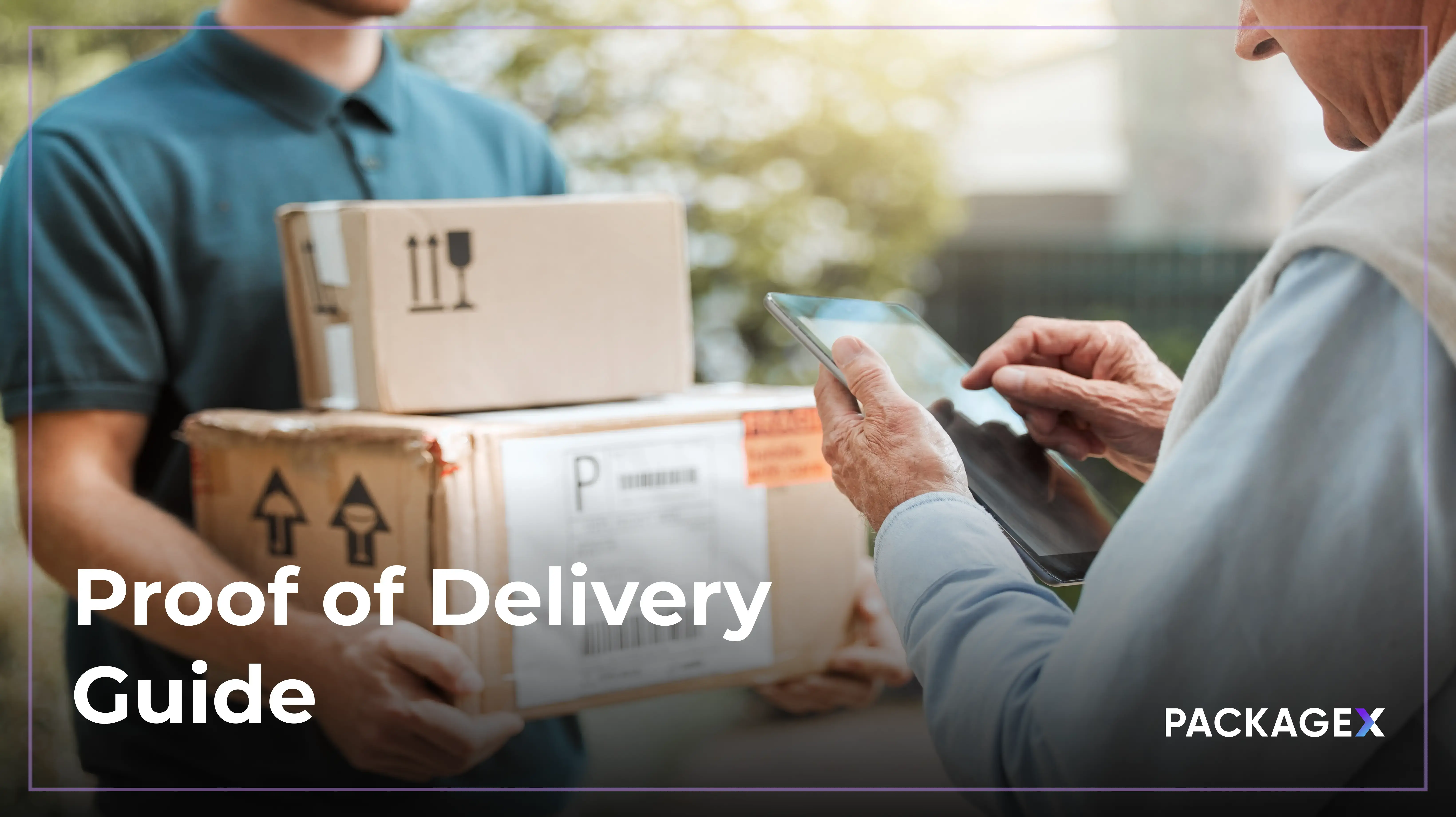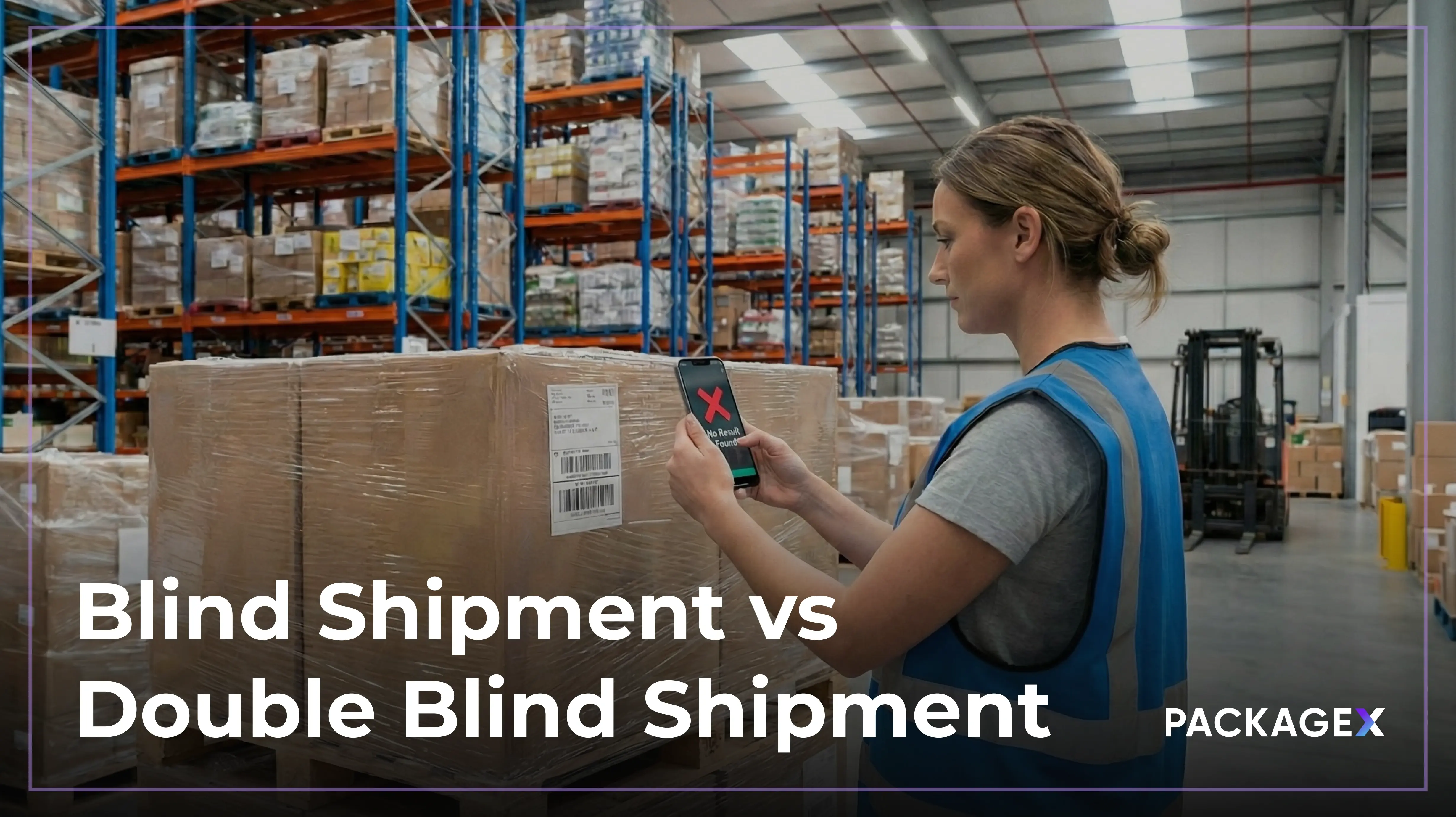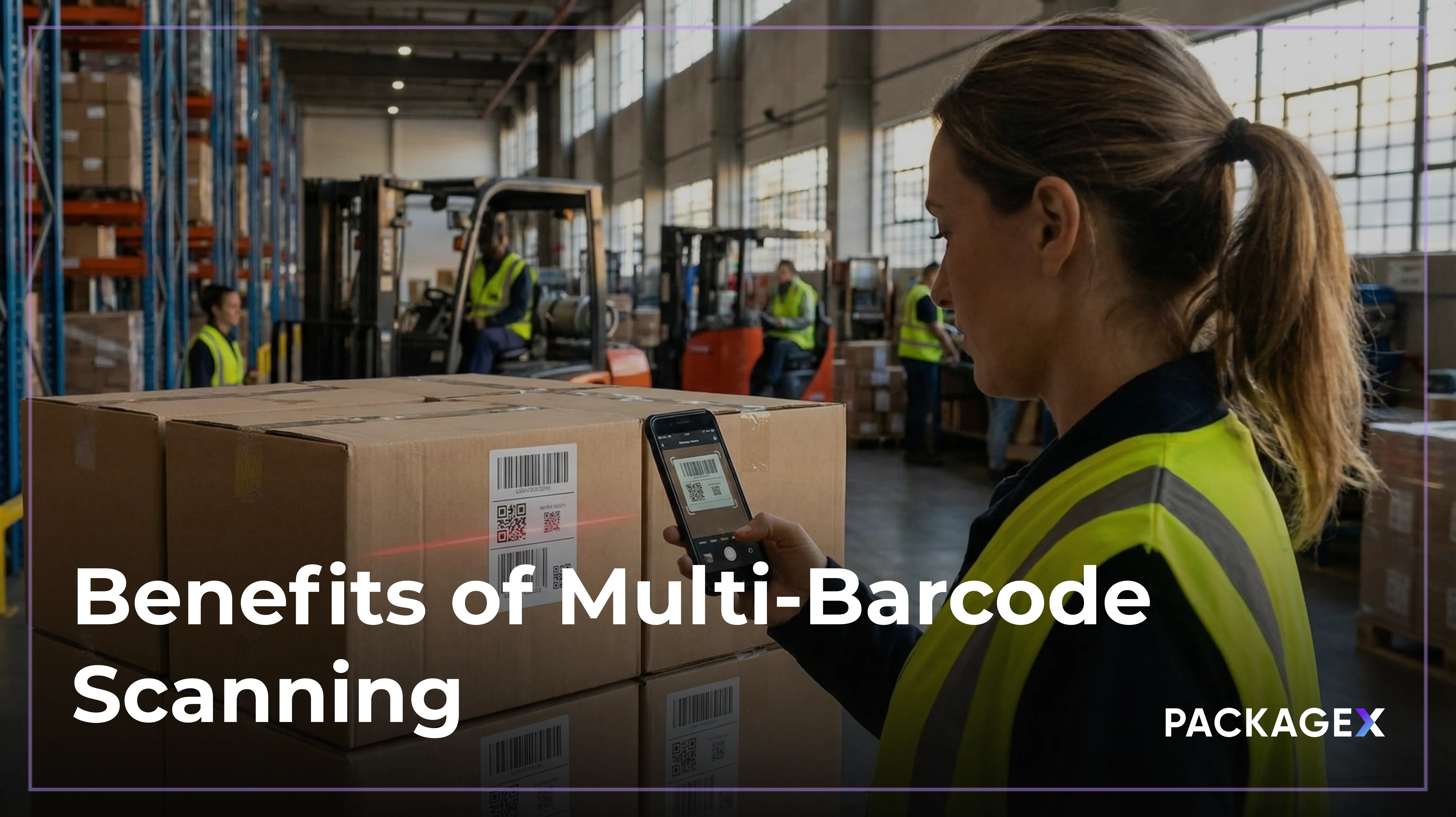Property managers are bleeding money every single day. Not from theft, not from maintenance, from treating their strategic sourcing like a transaction instead of a partnership. I've seen this mistake cost companies $2.3 million annually in a single facility portfolio.
The worst part? Most don't realize it's happening.
As someone who's transformed logistics operations across thousands of mailrooms, warehouses, and distribution centers, I can tell you that the companies winning right now aren't the ones with the cheapest strategic sourcing contracts—they're the ones who figured out that strategic partnerships deliver 314% ROI while transactional relationships barely move the needle.
What Is Strategic Sourcing? (And Why Everyone Gets It Wrong)
Strategic sourcing is supposed to be a structured, long-term approach to procurement that maximizes value by aligning purchasing strategies with your organization's goals. At least, that's what the textbooks say.
Here's what actually happens: Companies think they're doing "strategic sourcing" when they're really just negotiating better prices with the same transactional mindset. They focus on the lowest total cost instead of the highest total value.
I learned this the hard way during a call with a managing director at one of the world's largest property management firms. When we showed her our package management solution, she said something that stuck with me:
"I was hoping you'd tell me you're going to take this pain away completely."
She wanted to outsource the entire package problem—about 2,700 packages monthly flowing through systems designed for 1995 mail volumes—to a third-party warehouse a mile away from her buildings.
This is strategic sourcing done wrong.
Instead of finding partners who could transform her operations, she was looking for vendors to make the problem disappear. The difference? Partners integrate with your business to create competitive advantage. Vendors just handle tasks you don't want to deal with.
The Four Pillars of Real Strategic Sourcing
Most procurement teams focus on these traditional pillars: spend analysis, supplier evaluation, contract negotiation, and performance monitoring. But companies achieving 314% ROI add a fifth pillar that changes everything: partnership development.
Here's how the winning companies structure their strategic sourcing:
Pillar 1: Strategic Spend Analysis Don't just analyze what you're spending—analyze what you could be gaining. That 200-unit building handling 2,700 packages monthly? They're not just spending on package management; they're either investing in tenant satisfaction or bleeding money from tenant turnover.
Pillar 2: Market Intelligence & Supplier Research Traditional sourcing stops at "who can do this cheapest?" Strategic sourcing asks "who can make us better at what we do?" The difference compounds over years.
Pillar 3: Value-Based Selection Price is just one component. Quality, innovation capacity, integration capabilities, and strategic alignment matter more. When AGCO Corporation replaced transactional carriers with integrated partnerships, they didn't just save money—they achieved 28% reduction in inbound logistics costs globally and 25% increase in network performance.
Pillar 4: Collaborative Implementation This isn't "deploy and forget." Real strategic sourcing means your suppliers visit your sites, understand your operations, and create technology roadmaps together. Multi-threaded relationships where both teams push each other toward joint success.
How Strategic Sourcing Differs from Traditional Procurement
I ask my sales teams regularly: are we a vendor or a partner to our customers? The answer is usually "it's mixed." That tells you everything about why traditional procurement fails.
Traditional procurement is transactional. You get demands for tight timelines, price-focused negotiations, and arm's-length relationships. You call when something breaks, negotiate on price, and hope for the best.
Strategic sourcing is collaborative. It's about communication, transparency, and multi-threaded relationships that last years. When you're in a true strategic partnership, you're creating solutions together, visiting customer sites, understanding their operations, and building technology roadmaps as a team.
Here's the reality: modern logistics requires integrated tech stacks with smart parcel lockers, multi-carrier APIs, and AI-powered automation. You can't optimize these systems through traditional vendor contracts. They require shared governance, transparent communication, and aligned incentives.
The Seven Steps That Actually Work
Forget the generic "7-step strategic sourcing process" you see everywhere. Here's what companies achieving 314% ROI do:
Step 1: Diagnose the Real Problem. Don't analyze spending patterns. Analyze business impact. That property manager worried about packages wasn't dealing with a logistics problem, she was dealing with a tenant satisfaction problem that threatened rental premiums.
Step 2: Map the Partnership Potential. Instead of creating supplier portfolios, identify which relationships could become competitive advantages. Can this supplier help you serve customers better? Reduce operational complexity? Enable growth?
Step 3: Design for Integration. Rather than defining RFP criteria, design integration requirements. How will their systems talk to yours? How will teams collaborate? What does joint success look like?
Step 4: Select for Strategic Alignment. Price negotiations come last. Start with: Do they visit your sites? Do they challenge your requirements and propose better alternatives? Do you have direct access to their operations teams?
Step 5: Implement Collaboratively. Changes happen through collaborative discussions, not formal change orders. Your contract should evolve as your business grows. They should be involved in your long-term planning.
Step 6: Measure Partnership Value Track shared KPIs beyond cost. Innovation metrics, process improvements, and competitive advantages were created. Barrett Distribution Centers exemplifies this with their "Barrett Blueprint"—a deep understanding of customer operations enabling customized solutions.
Step 7: Scale the Relationship The best strategic sourcing relationships expand over time. Partners find new ways to add value, take on additional responsibilities, and become more integrated into your success.
Why Most Strategic Sourcing Fails (The Real Cost)
Every single day, 674 packages per second flow through U.S. logistics networks. That's 22.37 billion packages annually. If your strategic sourcing is transactional rather than partnership-focused, each one is costing you more than it should.
The math is brutal: properties with superior package management command rental premiums while those with inefficient systems face 20-30% revenue losses from tenant turnover. Your strategic sourcing approach is either making you money or costing you tenants—there's no middle ground.
The competitive gap is widening fast. Organizations with advanced supply chains are 23% more profitable than peers. Companies with digitally mature supply chains respond to disruptions in 35 days versus 145 days for less mature organizations. Meanwhile, 90% of global supply chain leaders experienced significant challenges in 2024.
The gap between leaders building strategic partnerships and laggards managing vendor relationships is becoming a chasm.
Examples of Strategic Sourcing Done Right
AGCO Corporation proves this isn't a theory. By replacing transactional carriers with integrated partnerships:
- 18% freight cost reduction in 18 months
- 3-5% year-over-year savings through ongoing collaboration
- 28% reduction in inbound logistics costs globally
- 25% increase in network performance
Flash Global demonstrates the holistic approach with integrated strategy, technology, and proactive account management. They're not just handling logistics—they're strategic partners driving client success.
These aren't marginal improvements—they're competitive advantages that compound while competitors fight over 2% savings with lowest-bid vendors.
The Strategic Sourcing Partnership Assessment
Take this quick assessment of your current strategic sourcing approach. Consider each element:
Communication & Transparency: Do they schedule regular check-ins even when everything runs smoothly? Bring industry insights and proactive improvement suggestions? Share data and analytics to help optimize performance?
Strategic Integration: Are they involved in long-term planning discussions? Do they visit sites regularly to understand operations? Focus on total cost of ownership rather than per-transaction pricing?
Collaborative Problem-Solving: Do they challenge requirements and propose better alternatives? Have direct access to their operations and technology teams? Take ownership of problems even when it's not clearly their responsibility?
Partnership Evolution: Does your contract evolve as the business grows? Do changes happen through collaborative discussions rather than formal RFPs? Do they invest in technology that integrates with your systems?
Shared Success: Do you measure success together using shared KPIs beyond cost? Do they have dedicated account teams that know your business intimately? Are they customizing solutions based on your specific operational needs?
The companies building integrated tech stacks through close collaboration with strategic partners will dominate those still managing multiple vendor relationships.
The Choice That Defines Your Next Five Years
Here's the reality: we're processing nearly a billion packages weekly, and every single one represents a choice between efficiency and waste, partnership and vendor management, profit and loss.
You can continue with transactional strategic sourcing that optimizes for short-term cost savings while accepting massive operational inefficiencies. Or you can embrace the partnership approach that delivers 314% ROI, superior operational performance, and unbeatable competitive positioning.
For property managers, facility operators, and logistics leaders, this isn't a future trend—it's happening right now. Your competitors are already making this transition. The question isn't whether strategic partnerships deliver better results—the data proves they do.
The question is whether you'll lead this transformation or watch your profits leak away while competitors pull ahead.
Because in a world where strategic sourcing either makes you money or costs you competitive advantage, there's no middle ground—and transactional relationships will always choose the latter.




